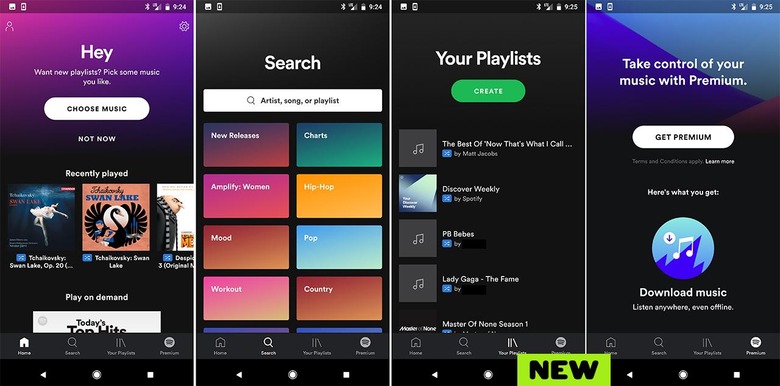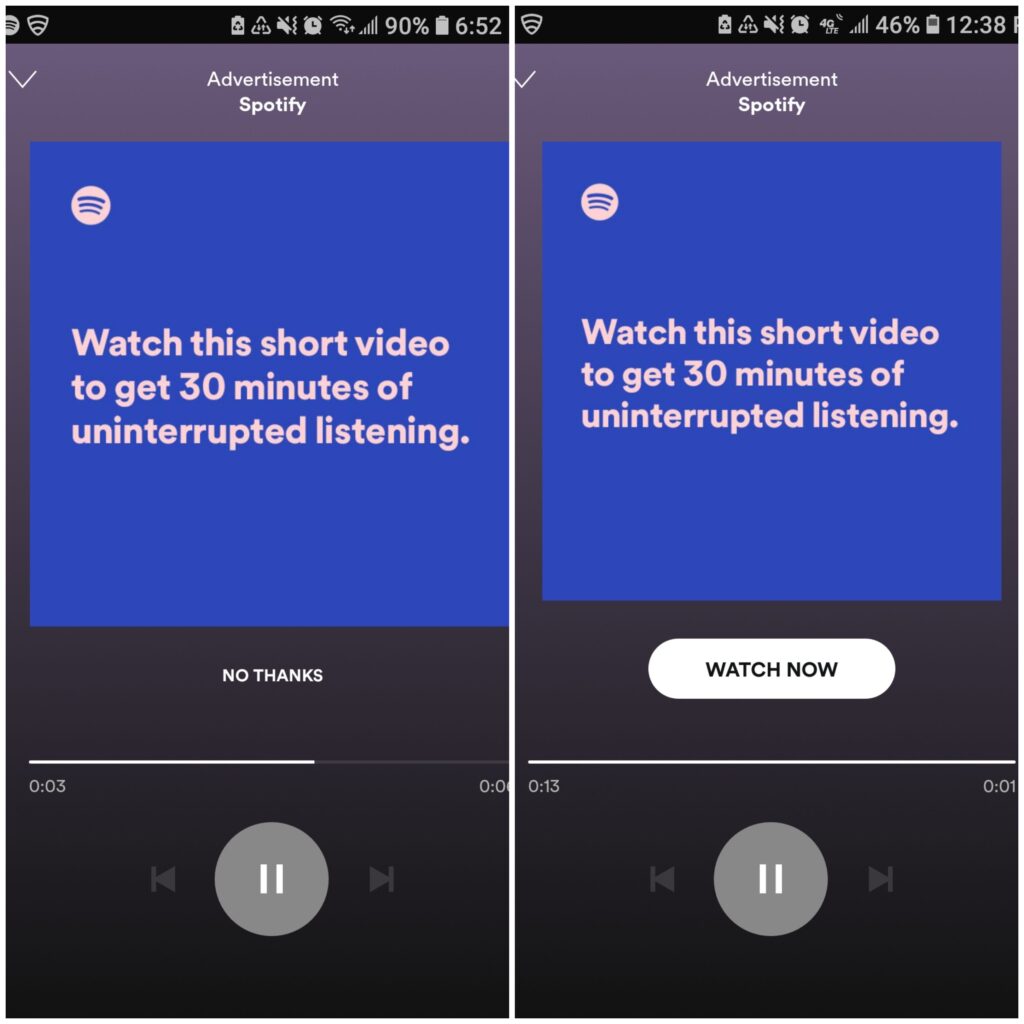Ardent music fans now have multiple streaming services to choose from, be it the reigning leader Spotify, or a surging competitor like YouTube Music. These streaming services promise us a seamless experience to enjoy our favorite artists’ creations, find struggling indie artists and support them through playing their tracks, buying merchandise and so on. And it’s not just music, we can also listen to interesting podcasts, audiobooks etc. to keep us hooked.
So let’s dive into the Spotify vs YouTube Music debate to see which offers the best value for your music streaming needs.
Defining features: Flexibility and functionality
Both Spotify and YouTube Music offer flexible features like enjoying music on multiple devices, curating playlists, discovering new artists and listening offline. But there are some noticeable changes differentiating the services.
Spotify has a more visually appealing user interface, with an accessible library that is easy to organize. Its algorithm constantly learns from your listening preferences, and gives personalized suggestions of playlists. Without a doubt, Spotify excels in its integration of podcasts. You can seamlessly switch to podcasts to listen to, allowing you to follow your favorite podcasts, and get recommendations based on your interests.

YouTube Music’s design, while functional, is more generic-looking, especially for exploring new music. It’s yet to have a dedicated podcast section, which places them behind Spotify. But one of the most interesting features of YouTube music is the ability to switch between audio and video modes of songs that have music videos. Its lyrics feature is also very enhanced for most tracks compared to that of Spotify.
Pricing: Between premium and free
Both services can be accessed via free and paid plans, each having certain drawbacks.
Spotify’s free version lets you only shuffle play songs, and you cannot skip more than six tracks in an hour. With no download option for offline listening and plagued with ads, the free version of Spotify is quite the nightmare to use.
Youtube Music’s free version, on the other hand, lets you access all the tracks you want to listen to, with the added caveat of ads. Biggest drawback? You cannot minimize the app like in the subscribed plan.
So consumers need to purchase(!) subscriptions of both services to enjoy THE seamless (!) experience.
The full features include playing songs in the background while you use other apps, listening with screen off and downloading songs for offline listening with unlimited skips and highest sound quality. And of course, no ads plaguing your listening sessions.

Both Spotify and YouTube Music’s basic subscription plan has similar price points of USD $10.99 a month, and USD $16.99 for the family plan. The prices vary depending on countries a user is based on. YouTube Music lets you share with up to five members of your family while Spotify lets you share with up to six members. You can also access Spotify kids with the family plan. There is also Spotify Duo, a plan for couples costing 14.99 Dollars per month.
While it seems like Spotify offers better deals with their subscription plans, one of the biggest advantages of subscribing to YouTube Music is it also gives you YouTube Premium access, enabling you to watch YouTube videos free from ads and downloading videos to watch offline.
Who’s got the best sound?
Both the streaming services offer good sound quality, but there are some differences that may have an impact on your listening. Spotify premium offers audio streaming up to 320 kbps, the highest bitrate offered among streaming services. YouTube Music premium, in comparison, offers up to 256 kbps only. But the differences aren’t that noticeable to most listeners as both bitrates provide clear sounds.

Spotify’s use of Ogg Vorbis, a lossy compression format, helps to preserve the sound quality while reducing file size. YouTube Music also achieves similar results with AAC format. Hi-Fi streaming, a lossless compression delivering quality sound without losing data, is absent from both the services.
Content Diversification: Music and more
Both Spotify and YouTube Music offer a diverse array of primarily music content, with some notable exclusives and features. Spotify offers curated playlists depending on activity, mood and also from various regions and languages, with a strong focus on what’s trending. Not to mention the huge amount of podcasts available to listen anytime for its premium users.
YouTube Music excels in its video switching feature, giving users access to the vast YouTube library. It also boasts a huge number of user generated contents, where listeners can readily find music like from a movie or anime soundtrack that’s not available elsewhere. Though caution should be used as many user generated content can be of lower quality and without fair copyright use.
So, what music streaming service should you choose ?







